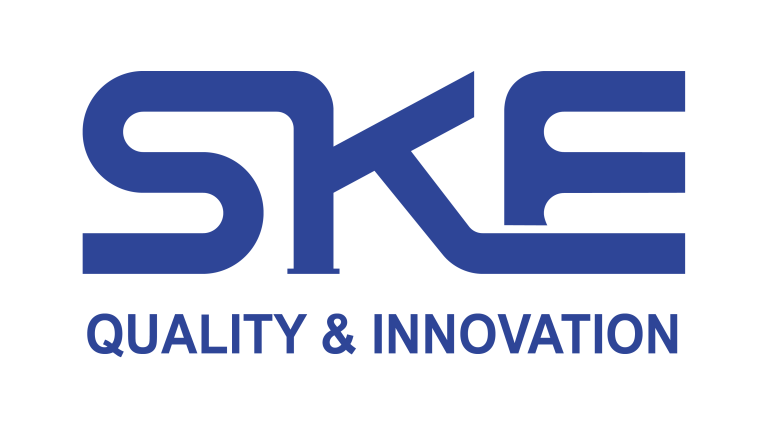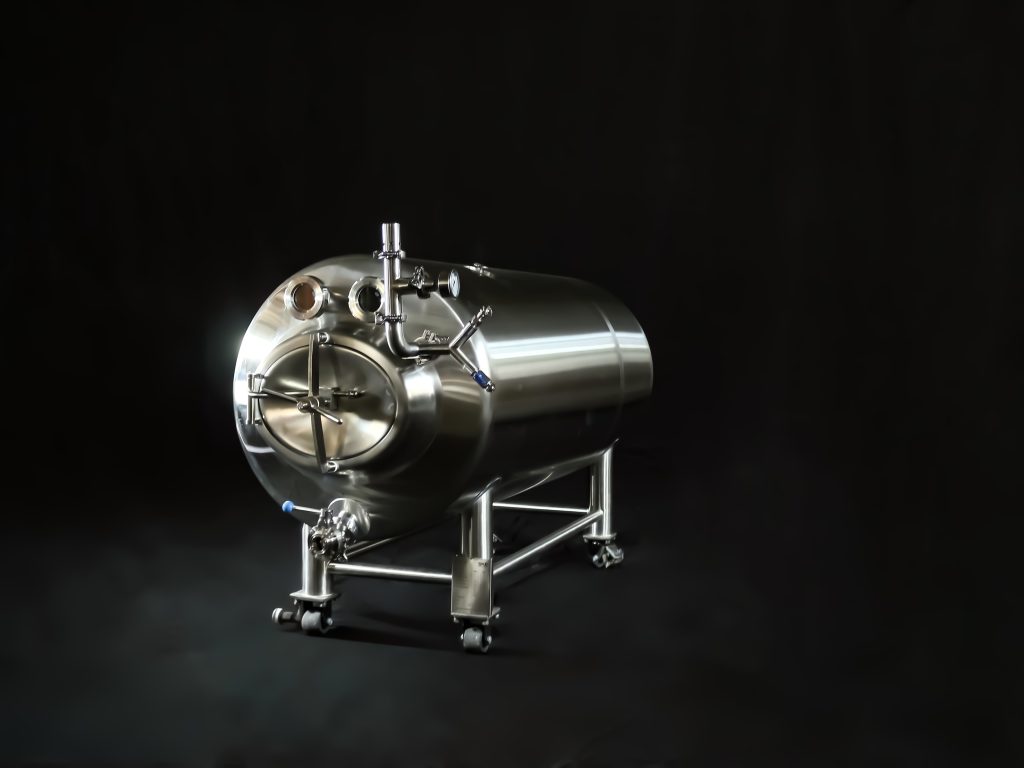
Beer Fermentation Equipment is at the heart of turning wort into world-class brews—and at Drinktec 2025 in Munich, SKE will showcase how next-gen vessels and controls elevate every batch. Imagine walking past gleaming, jacketed fermenters humming with precise temperature regulation, each one engineered to coax out the perfect balance of esters, phenols, and carbonation. Curious how the right beer fermentation equipment can transform your brewery’s flavor, consistency, and efficiency? Read on.
Table of Contents
1. The Role of Beer Fermentation Equipment
Fermentation is where magic meets science: yeast converts sugars into alcohol, CO₂, and flavor compounds. Proper beer fermentation equipment maintains exact temperatures, controls pressure, and prevents oxidation—ensuring your IPA’s hop character shines and your stouts stay velvety smooth. Without the right vessel design, you risk off-flavors, inconsistent attenuation, and unreliable carbonation.
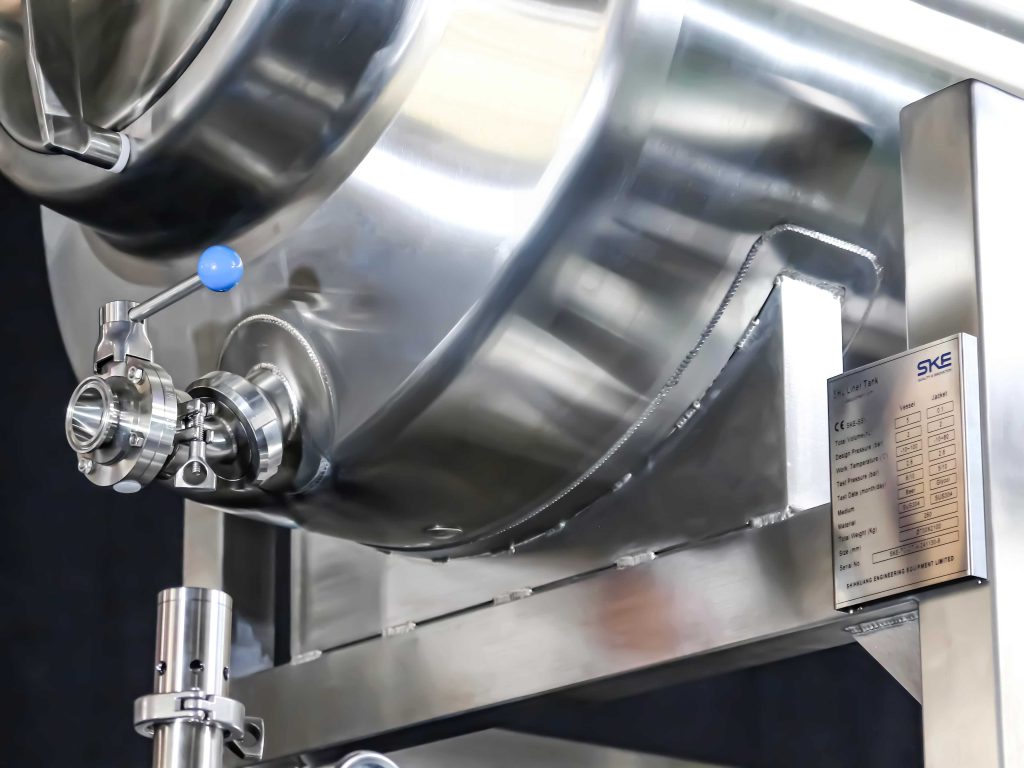
2. Key Features to Look For
When selecting beer fermentation equipment, prioritize:
Temperature Control: Integrated jackets or cooling coils to hold ±0.1 °C.
Pressure Rating: Up to 3 bar for natural carbonation and pressure transfers.
Sanitary Design: Tri-clamp fittings, polished interiors, and 316L stainless construction.
Instrumentation: Digital HMI for real-time monitoring of temperature, pressure, and pH.
Modularity: Stackable or skid-mounted fermenters that grow with your production.
SKE’s beer fermentation equipment bundles these features into turnkey skids—delivering brewery-grade performance to craft, pilot, and urban brewpub operations.
3. Comparing Fermenter Styles: A Quick Table
| Feature | Conical Fermenter | Horizontal Fermenter | Unitank (Fermenter/brite) |
|---|---|---|---|
| Footprint | Compact | Wider, space-efficient | Medium |
| Yeast Harvest | Easy, via conical base | Challenging | Moderate |
| Cleaning | Straightforward CIP | Requires spray ball | Integrated CIP |
| Ideal Application | Ales, high-gravity | Lager maturation | Combined ferment & bright |
| SKE Model Example | SKE-FC Series | SKE-FH Series | SKE-FU Series |
Use this reference to match your brewery’s floorplan and production goals with the right beer fermentation equipment style.
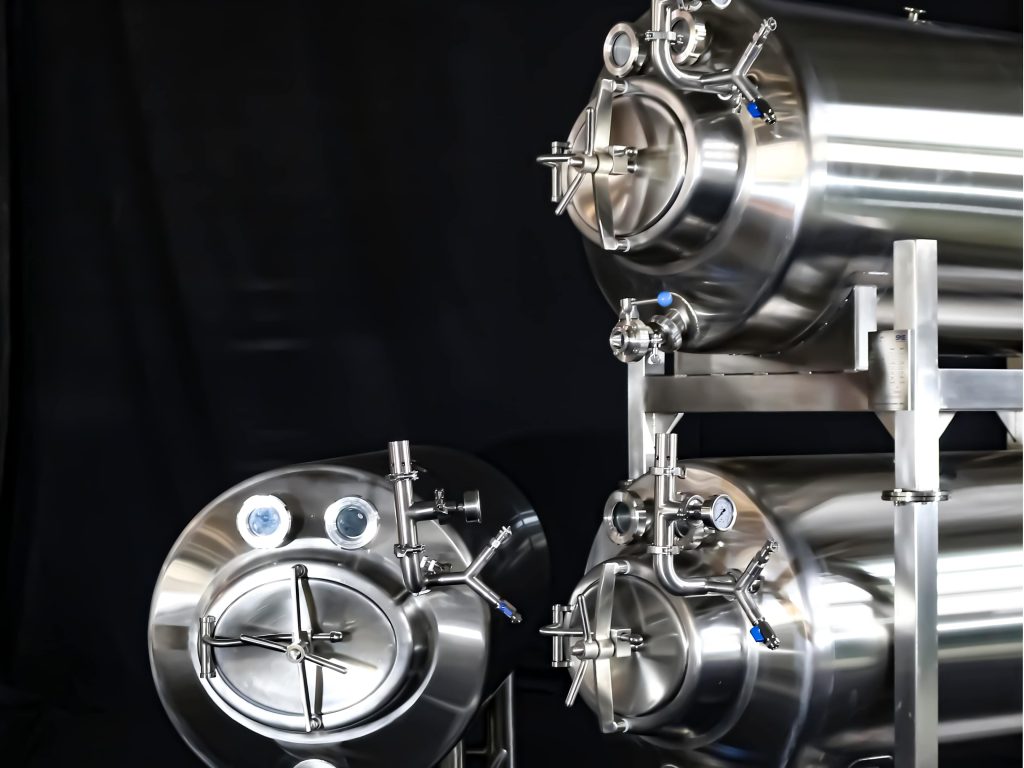
4. Why SKE Stands Out at Drinktec 2025 in Munich
At Drinktec 2025 in Munich, SKE will demo its digital-twin platform simulating every aspect of beer fermentation equipment performance—showing how temperature fluctuations, yeast pitching rates, and pressure transfers affect final gravity and mouthfeel. Attendees can witness adaptive PID loops that maintain optimal fermentation kinetics, plus rapid CIP cycles that clean a 2 hL fermenter in under 30 minutes.
5. Common Concerns & Expert Answers
Q1. How do I prevent stuck fermentations?
A1. Use SKE’s integrated recirculation cooling to keep yeast in suspension at a steady 18 °C–20 °C for ales, or 10 °C–12 °C for lagers, ensuring full attenuation.
Q2. How important is pressure control during fermentation?
A2. Very—pressurized beer fermentation equipment lets you capture CO₂ for natural carbonation, reduces contamination risk, and can accelerate cold-crash cycles.
Q3. What’s the ROI on upgrading fermentation vessels?
A3. Many operators see payback within 12–24 months through reduced batch variability, faster turnaround, and lower yeast and cleaning-chemical consumption.
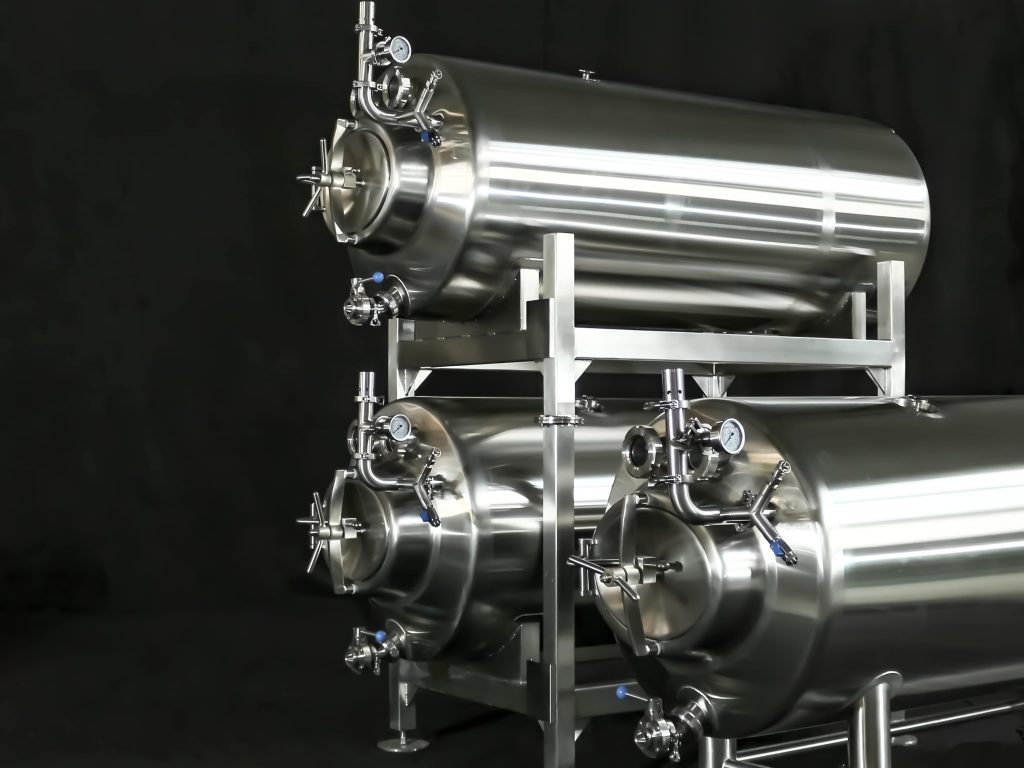
Choosing the right beer fermentation equipment sets the stage for consistency, flavor quality, and operational efficiency. Have more questions? Drop them in the comments or visit SKE’s booth at Drinktec 2025 in Munich for a personalized walkthrough. Here’s to brewing your best batch yet!
